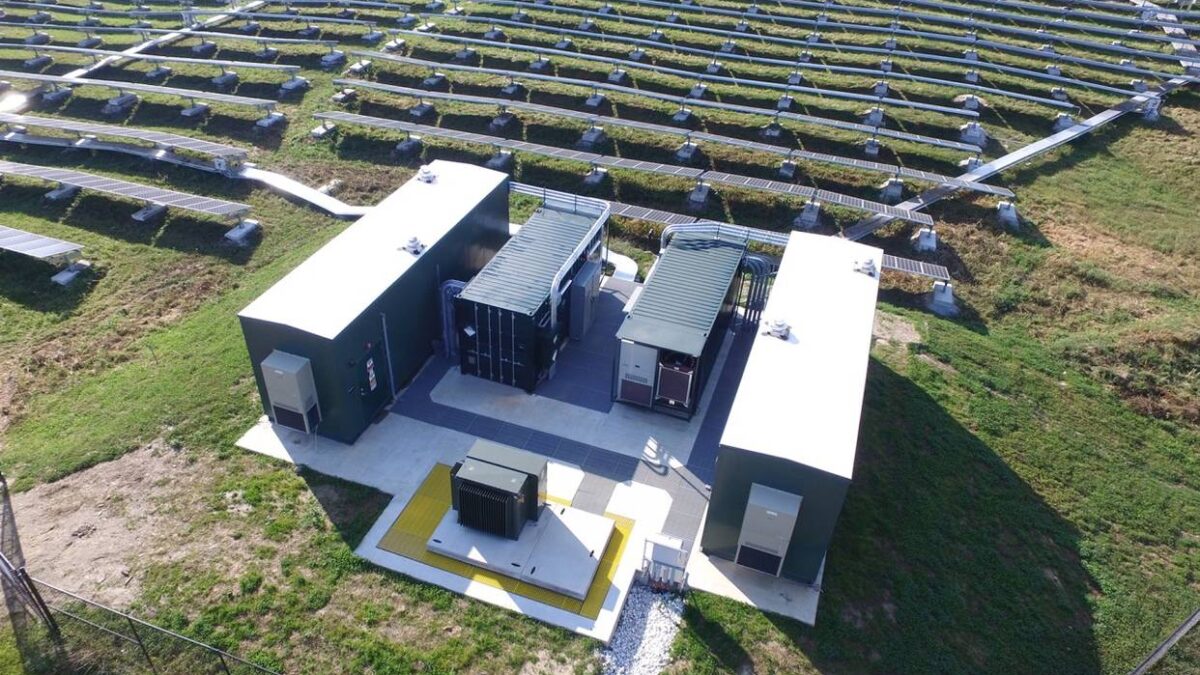Table of Contents
Introduction
The transition to renewable energy is reshaping the global energy landscape. Technologies like solar and wind power have surged in adoption due to their sustainability and cost efficiency. However, these energy sources face a significant challenge: intermittency. Renewable energy storage technologies are critical to bridging this gap, ensuring consistent energy availability regardless of production fluctuations. This exploration delves into the evolution of these storage solutions, their role in supporting a sustainable energy future, and emerging innovations poised to redefine the energy sector.
Understanding Renewable Energy Storage Technologies
Renewable energy storage technologies enable the capture of surplus energy generated during periods of high production, storing it for use when demand outpaces supply. This approach mitigates the unpredictability of solar and wind power, ensuring uninterrupted energy flow and enhancing grid stability.
Current storage systems have already proven transformative. Lithium-ion batteries dominate the market, owing to their energy density, declining costs, and versatility. Pumped hydro storage, a long-standing solution, leverages gravitational energy but is geographically limited. Meanwhile, compressed air energy storage (CAES) and flywheel systems cater to specific needs, from large-scale reserves to rapid frequency regulation.
Despite their advantages, existing technologies face constraints in scalability, resource dependency, and environmental considerations. These challenges have spurred a wave of innovation to improve efficiency, safety, and adaptability.
Innovations Shaping the Future
The next generation of renewable energy storage technologies is set to address existing limitations, offering scalable and efficient solutions. Key innovations include:
- Solid-State Batteries
Solid-state batteries replace liquid electrolytes with solid alternatives, enhancing safety and energy density. Their compact design and improved lifecycle position them as a revolutionary solution for electric vehicles and grid storage. - Redox Flow Batteries
These batteries use liquid electrolytes stored in external tanks, enabling scalability and longer discharge durations. Ideal for large-scale applications, redox flow batteries promise to align storage capacity with the increasing demand for renewable energy integration. - Hydrogen Energy Storage
Hydrogen offers an innovative approach to storing renewable energy. Surplus energy drives electrolysis, generating hydrogen that can be stored and later converted back into electricity via fuel cells. This method also supports the decarbonization of industries beyond energy. - Thermal Energy Storage
By capturing and storing heat, thermal energy systems provide an effective solution for solar power intermittency. Concentrated solar power plants are already using this technology, ensuring electricity supply even after sunset.
These advancements promise to revolutionize energy storage, enabling a seamless transition to renewable-dominated energy systems.
You May Also Read: The Role of Renewable Energy in Revolutionizing Transportation
The Impact of Storage on a Sustainable Future
Renewable energy storage technologies are integral to achieving a carbon-neutral future. They not only facilitate the integration of clean energy sources but also bolster energy independence and security. As grid reliability improves, these technologies enable broader adoption of renewable energy in sectors ranging from transportation to heavy industry.
However, achieving this vision requires coordinated efforts among stakeholders. Policymakers must incentivize innovation, while businesses and consumers must embrace these technologies. Investments in R&D, coupled with initiatives for recycling and sustainable resource extraction, will play pivotal roles in minimizing environmental impacts.
Conclusion
Renewable energy storage technologies are at the forefront of the global energy transition. As advancements in storage systems address intermittency challenges, they will unlock the full potential of renewable energy sources, driving sustainability and economic growth. From lithium-ion batteries to emerging hydrogen storage, the future of energy storage is brimming with opportunities for innovation and progress.
By embracing these developments, society can overcome current limitations, paving the way for a greener, more resilient energy ecosystem.
FAQs
What is renewable energy storage, and why is it essential?
Renewable energy storage involves capturing excess energy from renewable sources like solar and wind and storing it for later use. This process ensures a stable energy supply despite the variability of these sources, supporting grid reliability and sustainability.
What are the most common energy storage technologies today?
Lithium-ion batteries, pumped hydro storage, compressed air energy storage, and flywheel systems are widely used, each offering unique benefits for different applications.
What emerging technologies are expected to dominate energy storage?
Solid-state batteries, redox flow batteries, hydrogen storage, and thermal energy systems are leading innovations, promising greater scalability, efficiency, and environmental compatibility.
How do renewable energy storage solutions impact climate goals?
By enabling higher penetration of renewable energy into the grid, storage technologies reduce reliance on fossil fuels, contributing significantly to carbon reduction targets.
Are there environmental concerns associated with energy storage systems?
While these technologies reduce carbon emissions, some involve resource-intensive manufacturing or environmental challenges, such as mining for lithium. Sustainable development and recycling initiatives are crucial for mitigating these impacts.
Explore how cutting-edge storage technologies are shaping the renewable energy revolution by visiting the International Energy Agency (IEA) for insights and data.





